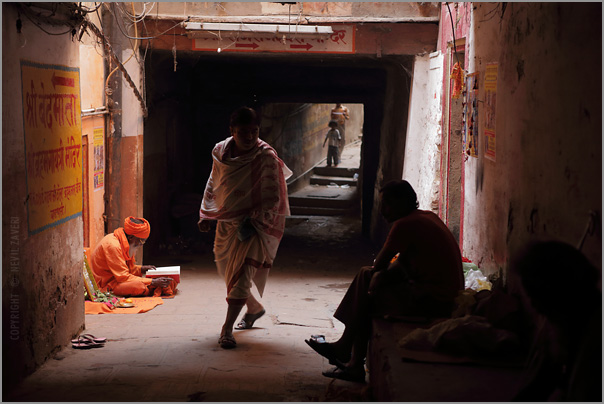Think Getting into Harvard is Hard? Try IIT.

Take a guess at the most selective college in the world— a college so selective, not even Kwasi Ennis would get in. We’re not talking about the prestigious Ivy League here. We’re referring to The Indian Institutes of Technology (IIT), which has an acceptance rate of roughly 2% among 500,000 applicants. These applicants aren’t just random kids either– all of these hopefuls must be qualified to take the entrance exam, which can require up to two years of coaching. Taking the SAT in the US requires significant preparation, but the pressure and stress of taking 20+ college entrance exams in India has led to testing becoming a life activity that has consumed the joys of childhood.
Issue
India has been well-known for its exponential population growth, and this has been contributing to cutthroat competition for the limited slots in the country’s system of higher education for decades. We get a disturbing dividend from this:
- Tens of millions of students at the bottom of the social ladder are left with no path to higher education, the majority of which drop out before even completing high school.
- Poorer kids who work hard to score in the top percentiles are still gypped out of admission spots because of corruption and bribing— a website called ipaidabribe.com details accounts of people who are victims of such bribes.
Government minister Kapil Sibal describes the situation perfectly:
If you have 150 million or 160 million children who don’t go to college, what is going to happen to them 10 or 15 years from now? The demographic dividend will become a demographic disaster.
Of the 186 million students in India, only 12.4 percent are enrolled in higher education, one of the lowest ratios in the world. The problem is two-fold: both the quantity and quality of institutions in India are lacking. Even as India’s top students are world class, most Indian universities are subpar, with roughly two-thirds of colleges rated below standard. The limited number of quality schools exacerbates the problem, for when a student doesn’t get into the esteemed Indian Institute of Technology or respected National Institute of Technology, they aren’t left with many other options.
Impact
The pressure on students to do well is through the roof– children are often solely evaluated on their test scores, which carry on as a status symbol. For parents, the anxiety derives from fears that a bad score could derail their child’s future, but also from a social competitiveness for a child to score above the coveted 90-percent level. This type of attitude has really polluted the atmosphere in India. Jaya Samaddar, parent of just a sophomore in high school, explains:
If we go to a party these days, everybody asks me, ‘How is your child doing?’ No one asks about my health. The question is, ‘What is your child’s academic status?’
One may say that such pressure is a natural result of the education process. However, this increasingly becomes a problem when it results in such massive amounts of health complications. Some reports in pressure are so intense that a leading diabetes clinic in New Delhi this month attributed a sharp spike in patients with high blood sugar or elevated blood pressure to rising stress brought on by their children’s testing season. Ridiculous? Not necessarily– especially when considering the extreme cases of suicide from failing entrance exams.
Moving Forward
It seems like a hopeless scenario. The idea of getting more students into IIT is impossible when there is an expected 40 million rise in students applying in the coming decade. The government seems to be taking minor actions in education reform though, recently passing the Right to Education Act on April 1 to expand free education and lower teacher ratios. The government, however, is missing the boat here on a couple of issues. The free public education provided by the Indian government is significantly inferior to the education offered in private schools, reflecting the society’s disparities of opportunity. Says Romil Sharma, leader of IIMPACT India:
“In government schools, the teachers don’t show up to class sometimes, and some of them just read magazines while the kids are running around. The free public education does not allow kids to place into the next level of learning.”
Support for NGO’s like IImpact India could better educational facilities for the underprivileged children but also provide the opportunity for them to set and achieve personal goals, personal goals devoid of scoring high on entrance exams.
School should be a place of learning and making friendships. The irony is, most of these kids who aim to ace entrance exams hardly go to school at all. Private tutors have completely eradicated the concept of learning to obtain knowledge. The next time that testing critics start complaining about “high stakes tests” in the U.S. as number one, we must realize that our stakes aren’t nearly as high as those in India.
[Image attribute: GOOD Magazine]




